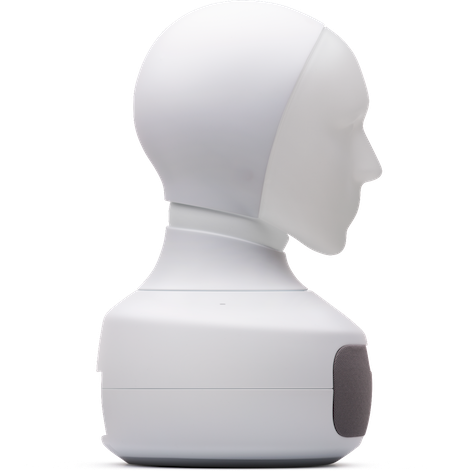About the Project
When it comes to the language, modern digital technologies are the first devices that humans can have linguistic conversation with; for the first time in the history. One part of science always tries to understand the phenomenas in our world and environment. Since Social Robots are manmade artefacts, it is even more important to understand their effects and manipulate their design to our favour. That is what we are committed to do at Speech, Music, and Hearing division at KTH.
Early Language Development in the Digital Age
Modern digital technologies are transforming rapidly the environment in which children are growing up and developing skills. This new digital reality has both changed the nature of the linguistic input provided to young children, but also affords new ways of interaction with communication agents, such as tablets and robots.
The goal of e-LADDA is to establish whether the new and intuitive interactions afforded by digital tools impact on young children’s language development and language outcomes in a positive or adverse way. We further aim to identify exactly what factors in both the technology itself and the communication channel advance language learning and growth or may impede it.
This goal will be pursued in e-LADDA from a highly interdisciplinary and cross-sectorial perspective, bridging between research disciplines and methodologies and in collaboration with industry and the non-academic public sector. e-LADDA is divided into 14 sub-projects each assigned to highly qualified Early Stage Researchers (ESR).
Robot Assisted Language Learning (RALL) - ESR 14
This is the sub-project number 14 of e-LADDA. In this project we will look at the ways social robots can affect the process of human language development. Mainly we are concerned to know:
-
Can humans learn a language from a robot?
-
Can a robot significantly facilitate the process of language learning?
-
What are the advantages/benefits, and risks/disadvantages of using robots for language learning?
-
The effects and role of embodiment in language learning with use of technologies.
One main part in our work is to look at atypical language learners, whose language development process is affected by their conditions. People with Autism Spectrum Disorder (ASD), Attention Deficit Hyperactivity Disorder (ADHD), Down syndrome, or other learning disabilities. Imagine an autistic child who suffers from social anxiety; and his/her language skills remain under-developed due to lack of enough social interaction in critical ages for specific language skill development. Can a robot controlling anxiety factors be of aid in such cases? and compensate the needed social interactions in favor of proper language development? These are kind of questions we will also ask.





